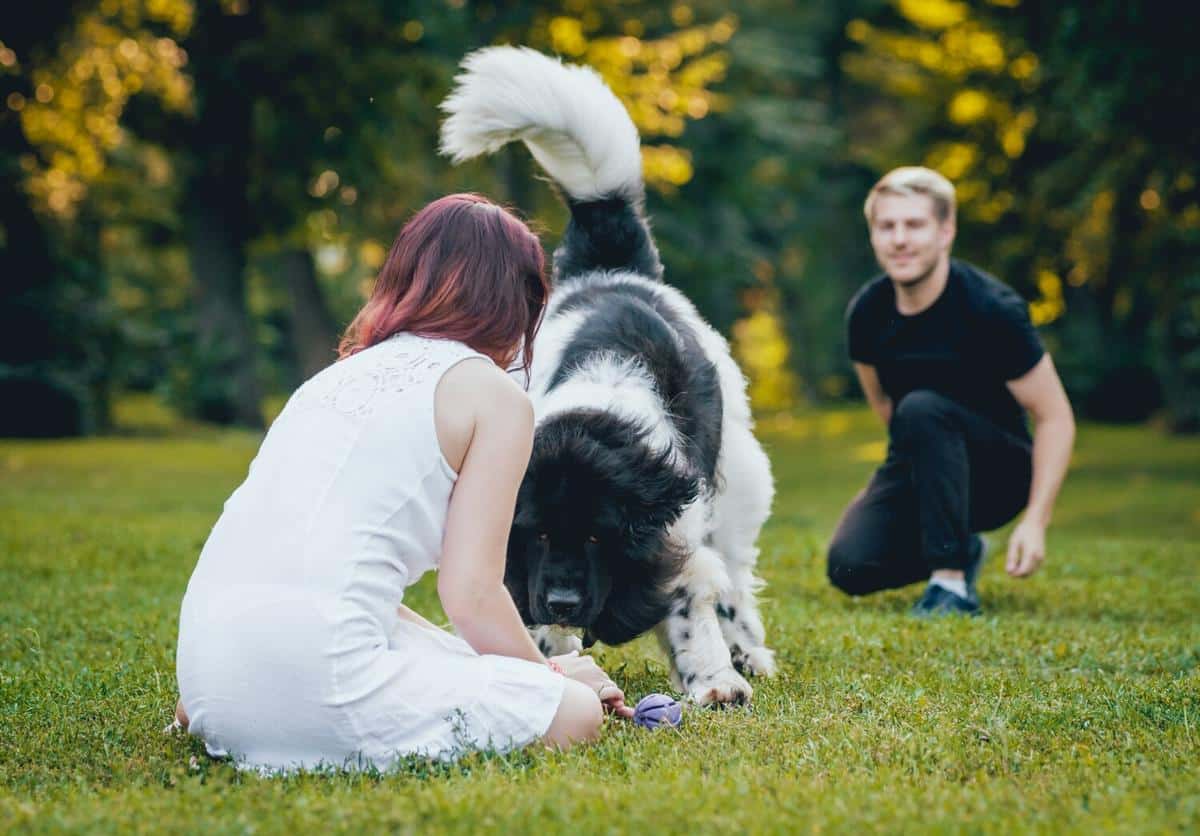
How to Train a Reactive Dog: Essential Tips and Techniques
Training a reactive dog can be a rewarding yet challenging journey, tapping into patience and understanding to transform anxious behaviors into calm confidence.
Understanding Reactive Behavior
Reactive dogs often respond intensely to certain stimuli, such as other dogs, people, or noises. This reactivity can stem from fear, frustration, or overstimulation. According to the American Kennel Club, understanding the root cause of your dog’s reactivity is crucial in addressing the behavior effectively.
Expert Insights
Veterinarian Dr. Karen Overall highlights that recognizing the triggers of reactive behavior is the first step toward management. She notes, “Identifying and understanding the stimuli that provoke a response is key to developing a successful training plan.”
Research Findings
Research published in the Journal of Veterinary Behavior suggests that positive reinforcement techniques are highly effective in managing reactive behaviors. These methods encourage desired behaviors through rewards, fostering a more positive association with previously troubling stimuli.
Personal Experiences
Consider the experience of Mark and his dog, Max. Initially, Max would bark and lunge at other dogs during walks. Through consistent training and positive reinforcement, Mark helped Max learn to remain calm and focused, transforming their daily outings into enjoyable experiences.
Actionable Tips for Training
- Identify Triggers: Observe and note what causes your dog’s reactions to better understand their behavior.
- Use Positive Reinforcement: Reward calm behavior with treats or praise to encourage positive associations.
- Gradual Exposure: Slowly introduce your dog to triggering stimuli at a distance, gradually decreasing the space as they become more comfortable.
- Consistent Routine: Establish a consistent training routine to reinforce positive behaviors.
- Seek Professional Help: If needed, consult a certified dog trainer or behaviorist for personalized guidance.
Comparison Table: Training Techniques
| Technique | Benefits | Considerations |
|---|---|---|
| Positive Reinforcement | Builds trust and confidence | Requires consistency |
| Counterconditioning | Alters emotional response to triggers | Time-intensive |
| Desensitization | Gradual increase in tolerance | Patience needed |
| Leash Training | Improves control during walks | May require professional help |
| Clicker Training | Clear communication of desired behaviors | Timing is crucial |
| Classical Conditioning | Creates positive associations | May need additional methods |
| Behavior Adjustment Training | Empowers dogs to make choices | Requires understanding of body language |
| Professional Training | Expert guidance | Cost involved |
Frequently Asked Questions
How long does it take to train a reactive dog?
The training duration varies depending on the dog’s temperament and the consistency of the training methods used. It can take weeks to months for noticeable improvements.
Can I train my reactive dog on my own?
While many owners successfully train their reactive dogs, seeking professional help can provide additional support and tailored strategies.
What if my dog shows aggression during training?
Consult a professional trainer or behaviorist immediately to address potential aggression safely and effectively.
Conclusion
Training a reactive dog requires patience, understanding, and consistent effort. By employing positive reinforcement techniques, understanding triggers, and seeking professional guidance when necessary, you can help your dog develop the confidence to navigate the world calmly. Embrace the journey as an opportunity to strengthen your bond with your furry friend, turning challenges into growth and understanding.